Forums
- Forums
- Duggy's Reference Hangar
- IJAAF Library
- Target Alameda
Target Alameda
Post a reply
- Go to Previous topic
- Go to Next topic
- Go to Welcome
- Go to Introduce Yourself
- Go to General Discussion
- Go to Screenshots, Images and Videos
- Go to Off topic
- Go to Works in Progress
- Go to Skinning Tips / Tutorials
- Go to Skin Requests
- Go to IJAAF Library
- Go to Luftwaffe Library
- Go to RAF Library
- Go to USAAF / USN Library
- Go to Misc Library
- Go to The Ops Room
- Go to Made in Germany
- Go to Campaigns and Missions
- Go to Works in Progress
- Go to Juri's Air-Raid Shelter
- Go to Campaigns and Missions
- Go to Works in Progress
- Go to Skinpacks
- Go to External Projects Discussion
- Go to Books & Resources
-
 Main AdminNamed after a sound located on the southern tip of Florida, the 15,700-ton USS Barnes (CVE-20) was a Bogue class escort carrier that was built by the Seattle-Tacoma Shipbuilding Company and was commissioned at the Puget Sound Navy Yard, Washington, on 20 February 1943. The ship was approximately 465 feet long and 69 feet wide, had a top speed of 16.5 knots, and had a crew of 890 officers and men. Barnes was armed with two 5-inch guns, eight twin 40-mm gun mounts, and 27 single 20-mm gun mounts. When used as an escort carrier, Barnes normally carried 24 aircraft. But this number increased dramatically if the ship was used as a bulk transport for aircraft.
Main AdminNamed after a sound located on the southern tip of Florida, the 15,700-ton USS Barnes (CVE-20) was a Bogue class escort carrier that was built by the Seattle-Tacoma Shipbuilding Company and was commissioned at the Puget Sound Navy Yard, Washington, on 20 February 1943. The ship was approximately 465 feet long and 69 feet wide, had a top speed of 16.5 knots, and had a crew of 890 officers and men. Barnes was armed with two 5-inch guns, eight twin 40-mm gun mounts, and 27 single 20-mm gun mounts. When used as an escort carrier, Barnes normally carried 24 aircraft. But this number increased dramatically if the ship was used as a bulk transport for aircraft.
After her shakedown cruise, Barnes left San Diego, California, for Pearl Harbor, Hawaii, and arrived there on 26 April 1943. The ship then acted as a transport and carried aircraft to Noumea, New Caledonia, and reached that port on 10 May. Barnes stayed there for only three days before going on to Espiritu Santo, reaching that destination on 15 May. She then returned to San Diego on 3 June 1943.
Barnes conducted two more ?ferry? missions, transporting aircraft, men, and supplies that summer. The first destination was Brisbane, Australia, and the second was Hilo, Hawaii, as well as Pearl Harbor. The ship sailed to Alameda, California, on 2 September 1943. Barnes returned to Pearl Harbor with more aircraft on 18 October and steamed off the coast of Hawaii on training exercises until the first week of November. After her training exercises were completed, Barnes ended her duties as an aircraft transport and began her new role as an escort carrier. The carrier embarked Fighting Squadron (VF) 1?s Grumman F6F-3 ?Hellcats? and set sail on 10 November 1943 with Task Force (TF) 53 for the invasion of the Gilbert Islands. On 19 November, Barnes was assigned to Task Group (TG) 53.6, which also included the escort carriers USS Nassau (CVE-16), Sangamon (CVE-26), Suwanee (CVE-27), and Santee (CVE-29). The specific target for this Task Group was the island of Tarawa.
At 0751 hours on 20 November 1943, Barnes turned into the wind and began catapulting the first of 16 Hellcat fighters off its deck. For the next three days, her aircraft would strafe and bomb Japanese positions on Tarawa as well as assist in providing Combat Air Patrols (CAPs) over the Task Group. Barnes? aircraft pounded away at bloody Tarawa, assisting the Marines during their assault on that little island. Aircraft from escort carriers throughout the Task Group tried to assist the Marines as best they could, but the Japanese were very well dug in and they were also fighting to the death. Finally, after three days of horrific battle, the Marines managed to secure the island, but at a terrible cost. Approximately 1,000 US Marines were killed and more than 2,000 were wounded. The entire Japanese garrison on the island, more than 4,600 men, was wiped out with the exception of only 17 men who were captured. In approximately 76 hours, a total of almost 6,000 men lost their lives. It was one of the bloodiest battles in the history of the US Marine Corps.
Barnes left Tarawa on 30 November 1943 and reached Pearl Harbor on 5 December. After spending three days there refueling, loading supplies, and making some repairs, Barnes set sail for California on 8 December and arrived at San Diego on 14 December. After undergoing some more repairs, Barnes left for the South Pacific and delivered another load of aircraft to the New Hebrides Islands. After delivering this cargo at Espiritu Santo on 5 January 1944, the ship remained there a few days before returning to San Diego on 27 January 1944 for an overhaul.
From February to May 1944, Barnes delivered more aircraft to Espiritu Santo and then went on to the Marshall Islands. She also transported replacement aircraft to the carrier USS Hornet (CV-12) as well as to other fleet carriers. Barnes returned to America?s west coast via Pearl Harbor and docked at San Pedro, California, on 21 May. She spent the last week in May undergoing more repairs at the dockyard there.
From June to July 1944, Barnes resumed ferrying aircraft to Pearl Harbor and to the Marshall Islands and in August she carried aircraft to the Admiralty Islands. On 16 September 1944, Barnes was assigned to the Third Fleet in an area southeast of the Palau Islands. Barnes commenced flight operations to deliver aircraft to the larger fleet carriers. This was one of the most important functions of the escort carriers in the Pacific. The larger fleet carriers would lose aircraft either because of battle losses, battle damage, or mechanical failures. The escort carriers delivered new aircraft to the fleet carriers, thereby insuring that a steady stream of new aircraft could be delivered to the front line carrier battle groups and their squadrons. At approximately 1120 hours on 16 September, Barnes commenced flight operations to deliver aircraft to the larger carriers and completed this task by 1640. During this time, she catapulted off 40 planes for delivery to four large carriers. Smaller destroyers or destroyer escorts were then used to bring the pilots back to Barnes after they delivered their aircraft. The following day, Barnes flew off 17 additional planes for delivery to other carriers. Once all of her aircraft were delivered, Barnes returned to Manus in the Admiralty Islands.
For the rest of the war, Barnes delivered aircraft, personnel, and supplies to other fleet aircraft carriers and bases throughout the Pacific. Barnes had just left Pearl Harbor and was headed towards Guam when the Japanese surrendered in August 1945. After reaching her destination on 21 August, Barnes went to Manus and then to Saipan and back to Guam before returning to the United States. The ship arrived at Alameda on 12 September 1945. Barnes then sailed back to the Far East on 10 October, making stops at Pearl Harbor, Guam, and Saipan before reaching Yokosuka, Japan, on 27 October. Once there, the escort carrier loaded captured Japanese aircraft for transportation back to the United States. Barnes arrived back at Alameda on 14 November.
Although originally assigned to the Pacific Reserve Fleet, Barnes reported to the Commander, Atlantic Fleet, for temporary duty on 2 December 1945. After being sent to Norfolk, Virginia, the ship was ordered to Cristobal in the Panama Canal Zone on 4 January 1946. After transiting the Panama Canal on 9 January, Barnes made her way to San Diego, arriving there on 18 January. After making another journey delivering cargo and personnel to the Philippines and Guam, Barnes returned to San Diego on 28 March.
Barnes returned to the east coast via the Panama Canal on 16 April 1946. She eventually made her way to Boston, Massachusetts, on 11 May. Once there, Barnes was decommissioned on 29 August 1946. Even though she was re-classified an ?escort helicopter aircraft carrier? and was re-designated CVHE-20 as of 12 June 1955, the ship never returned to service. The ship?s name was struck from the Navy List on 1 March 1959 and USS Barnes was sold for scrapping on 1 October of that same year.
This group of photos depict a large number of captured Japanese warplanes that were transported to the U.S. for evaluation just after the war.
Below - experimental Japanese wooden props, an aircraft revetment at Yokosuka.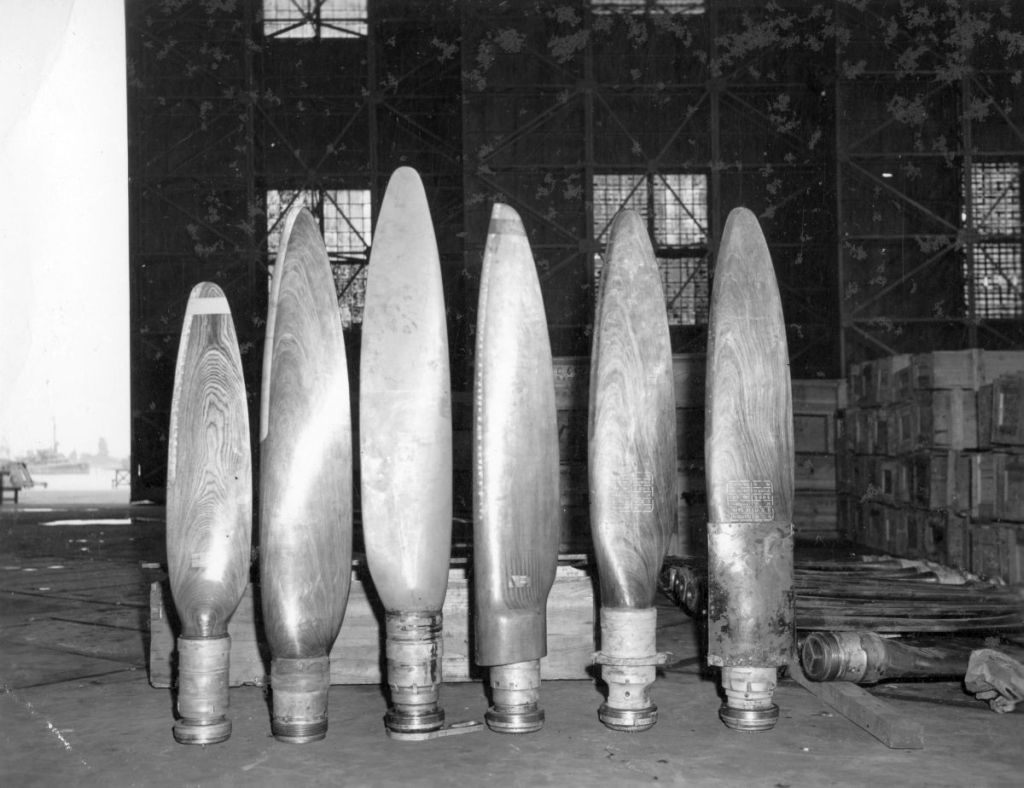
Below - Japanese naval maintenance personnel that presumably assisted in preparing the aircraft for shipment.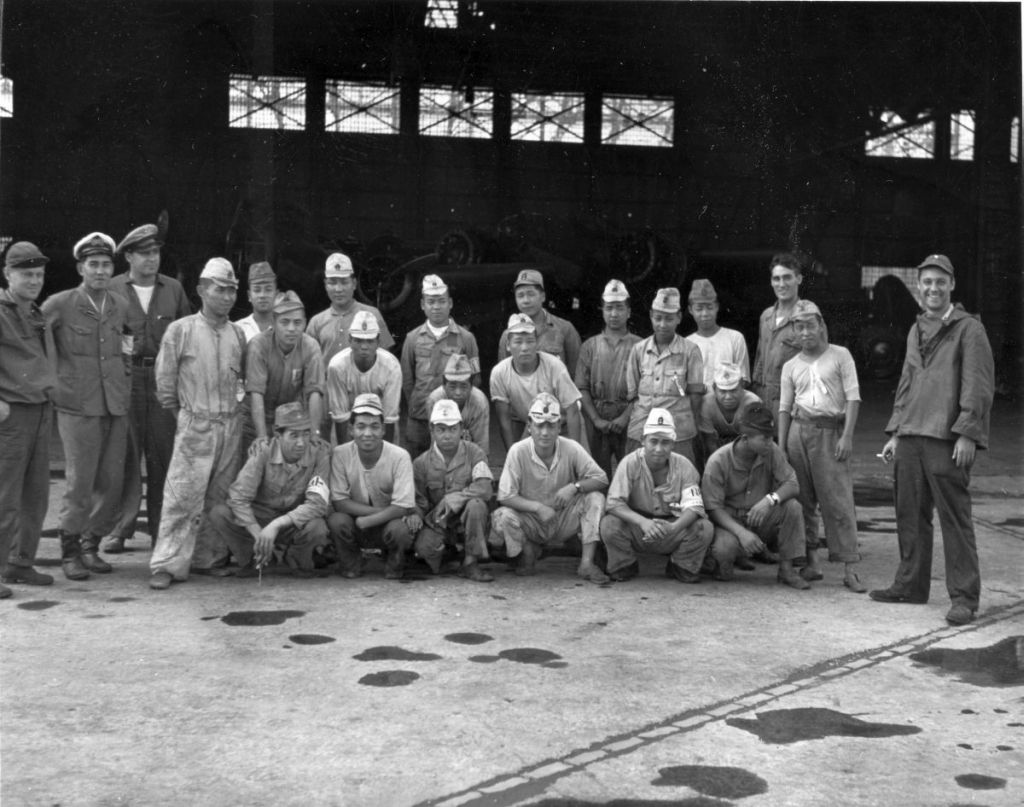
Below - US personal & aircraft being prepared for shipments at Yokosuka.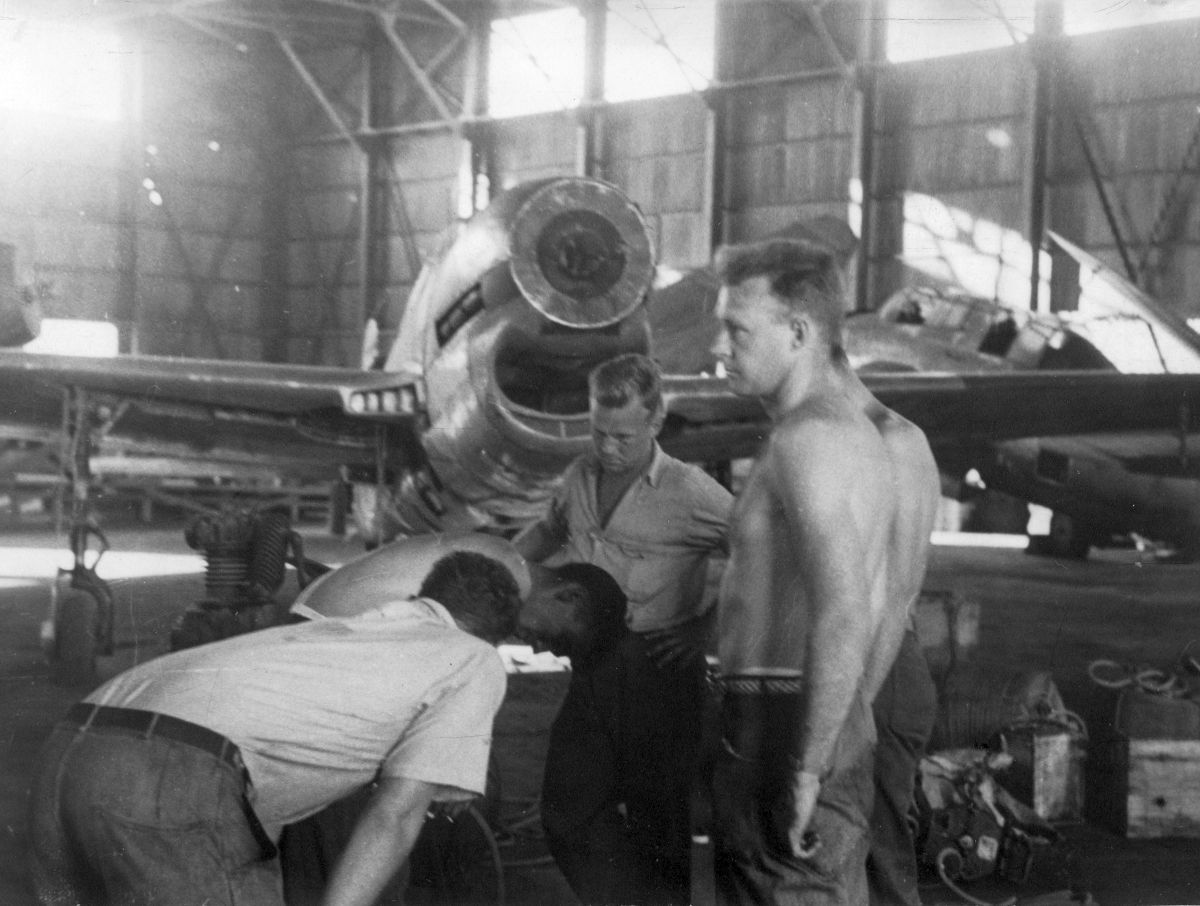
Below - aircraft revetments at Yokosuka.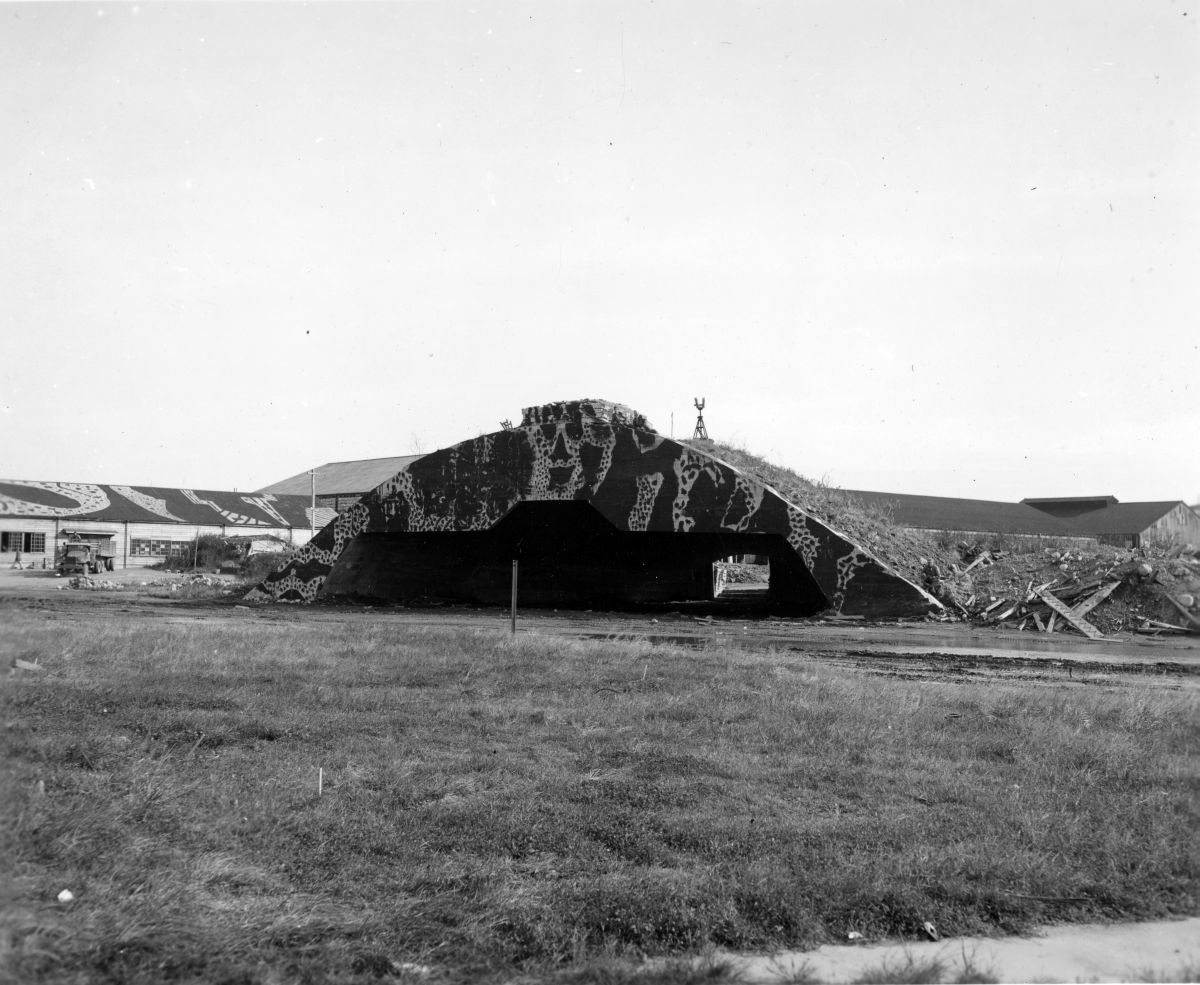
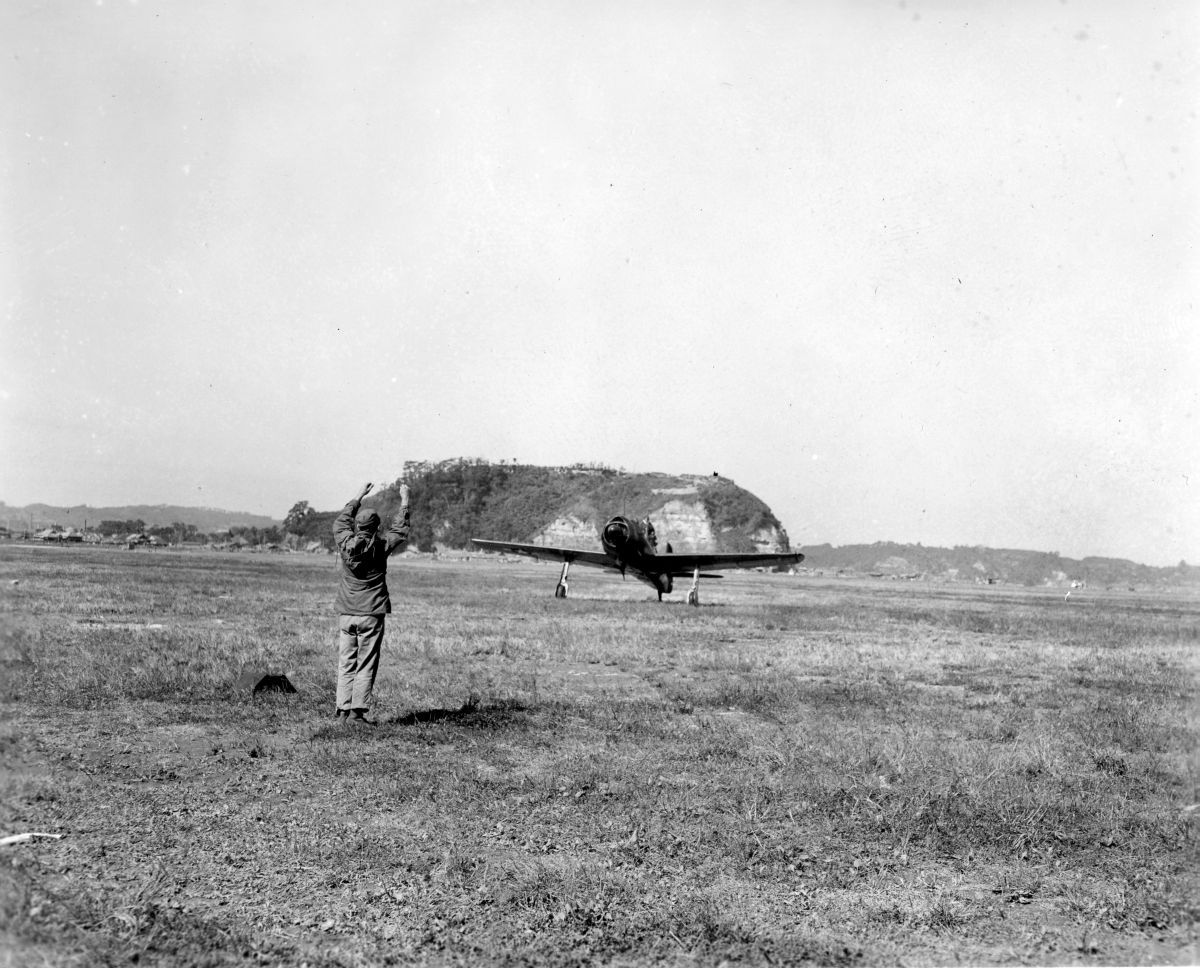
Below - -depict the planes on board USS Barnes (CVE-20) during its transit to Norfolk via Alameda and the Panama Canal.
Aircraft depicted include:
Kawanishi N1K2
Kawasaki Ki-48
Kawasaki Ki-102
Kyushu Q1W
Mitsubishi A6M
Mitsubishi Ki-46
Nakajima C6N
Nakajima J5N
Yokosuka P1Y
Yokosuka D4Y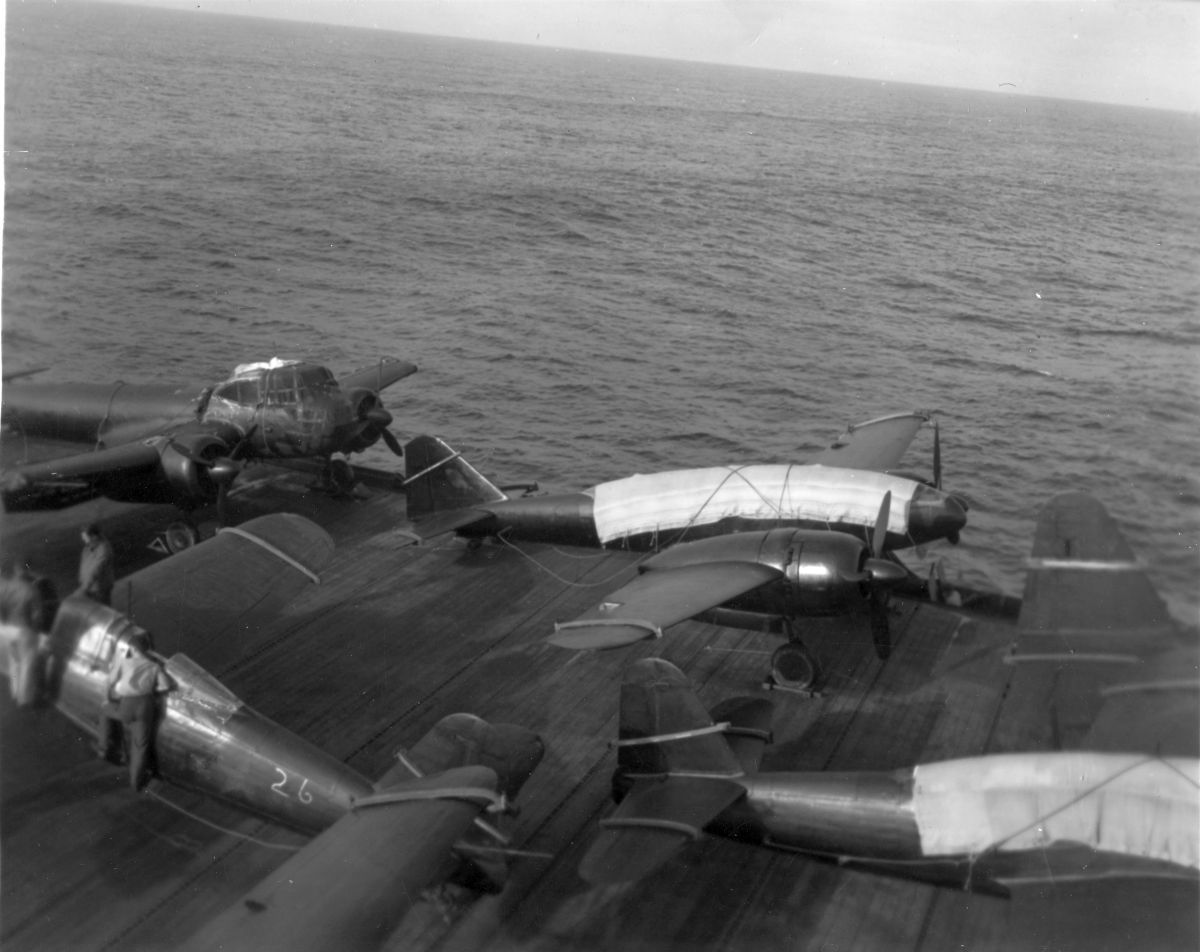
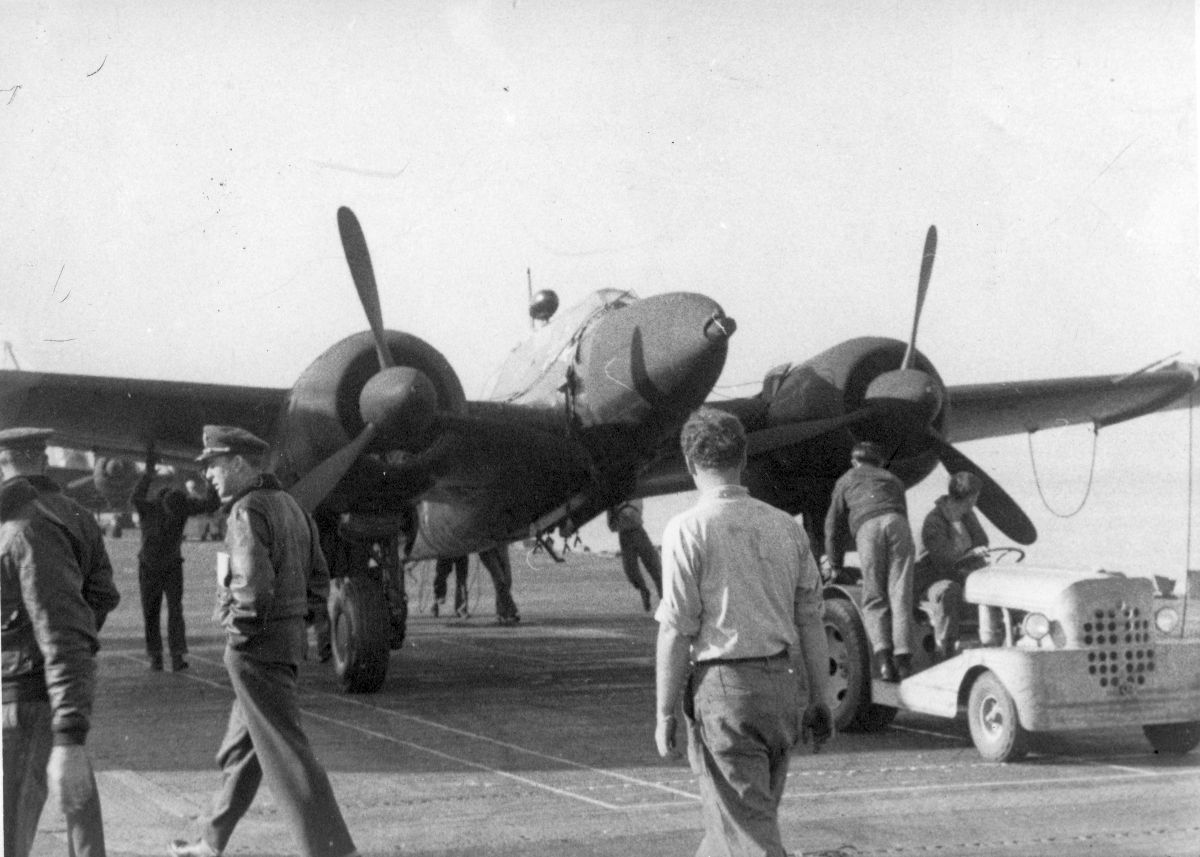
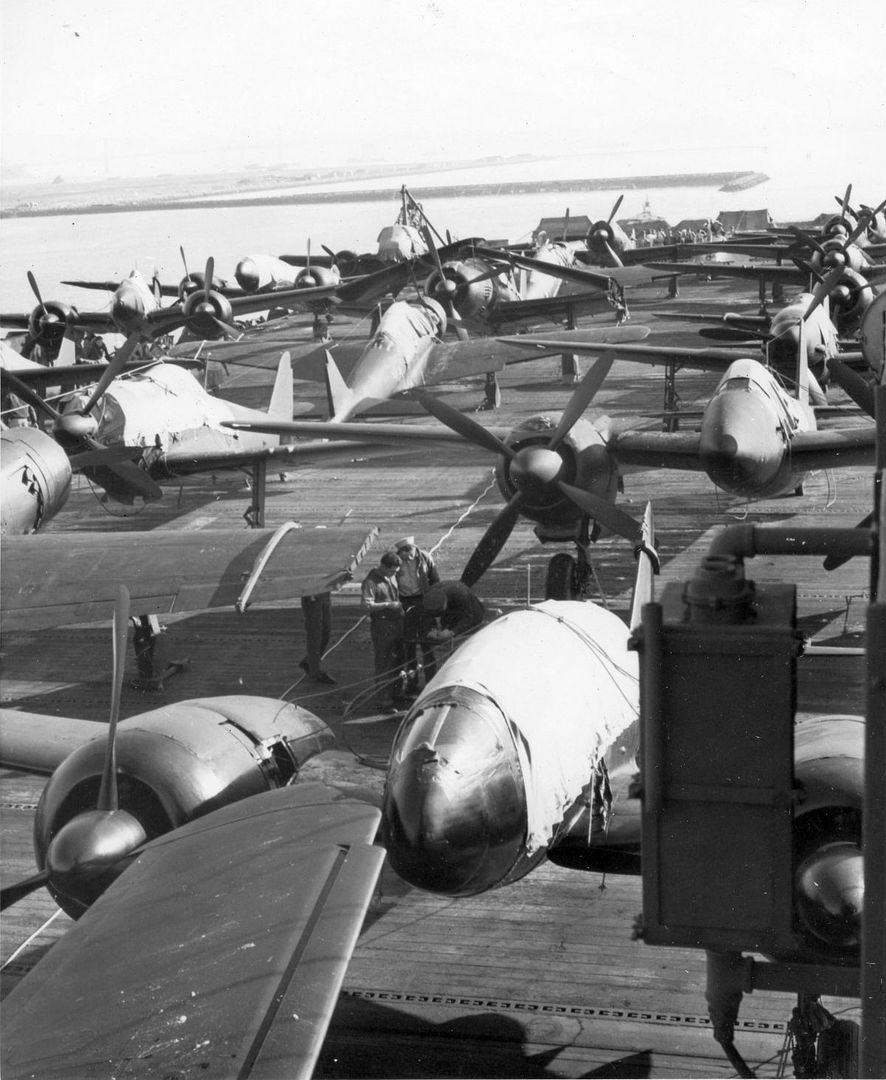

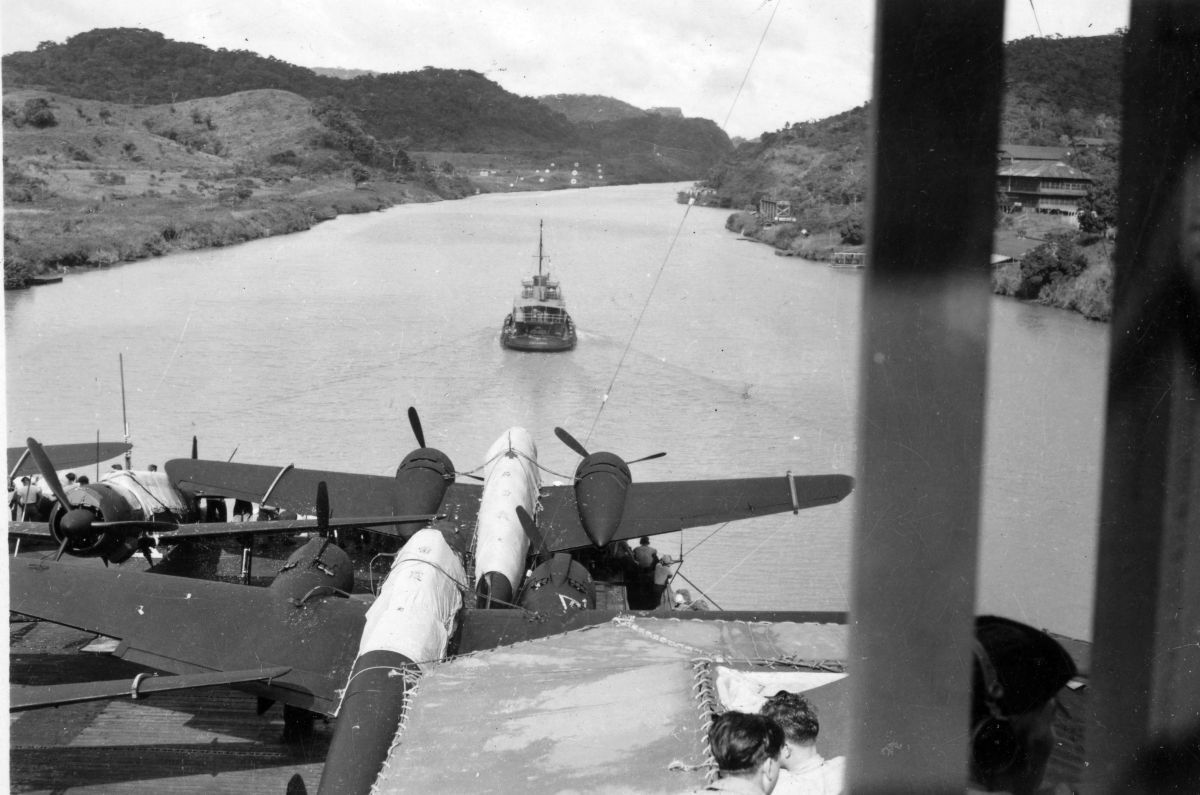
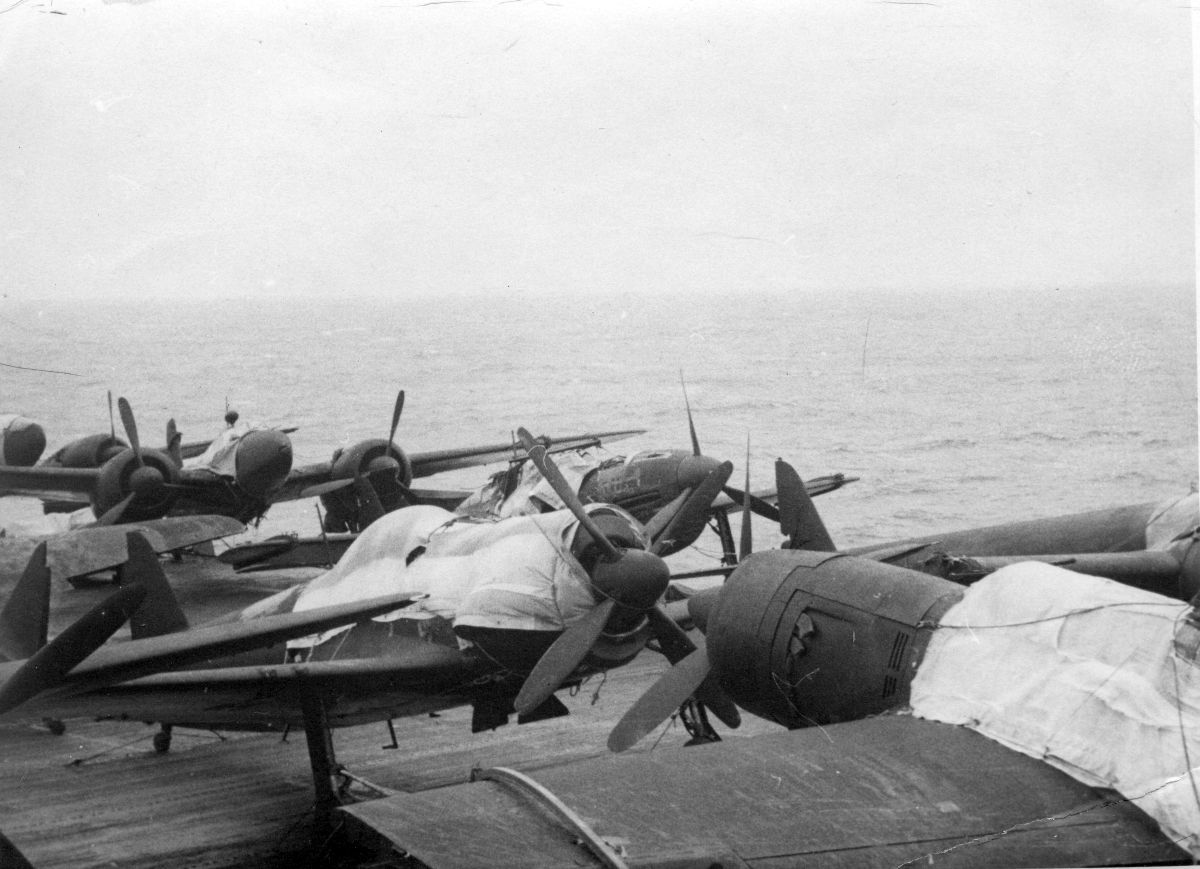
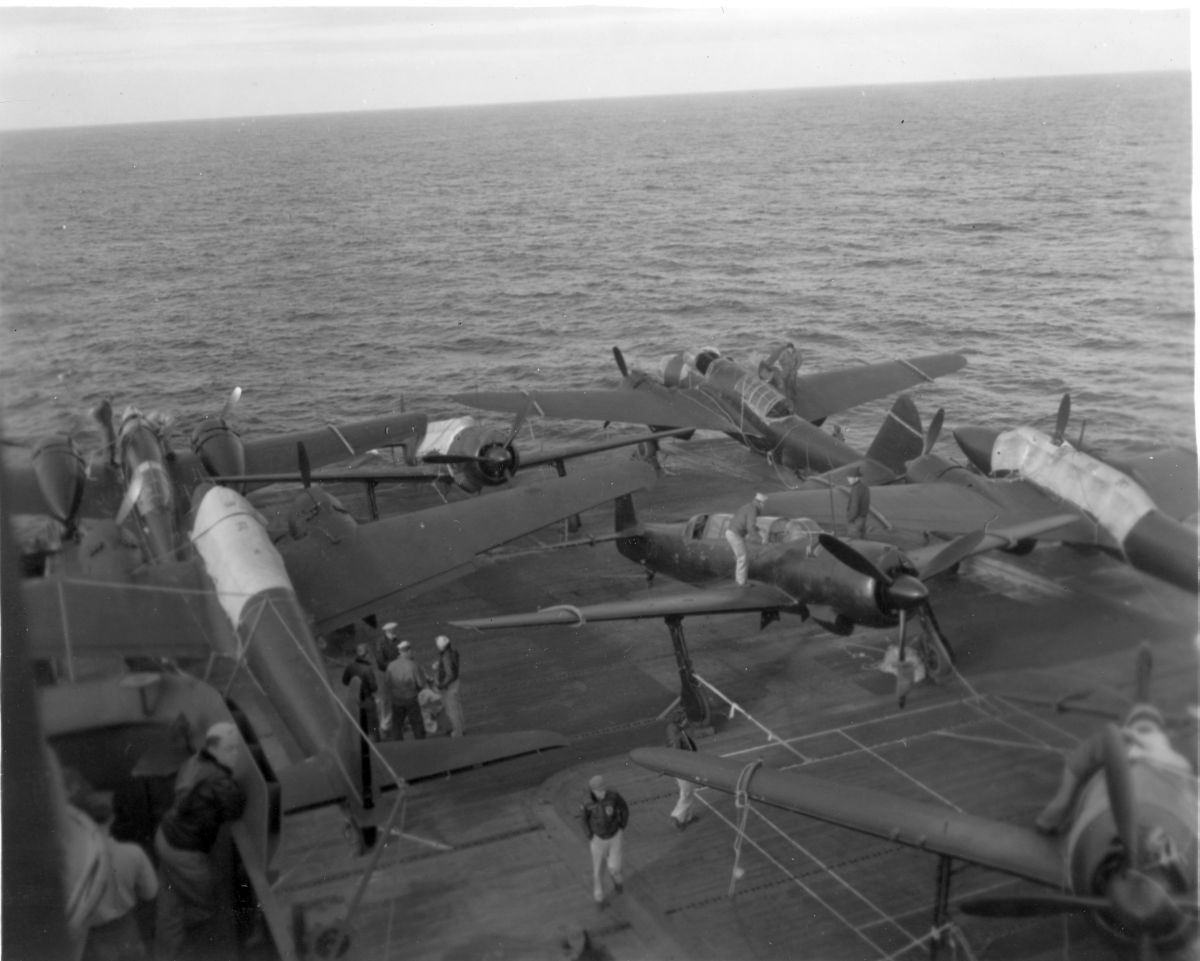

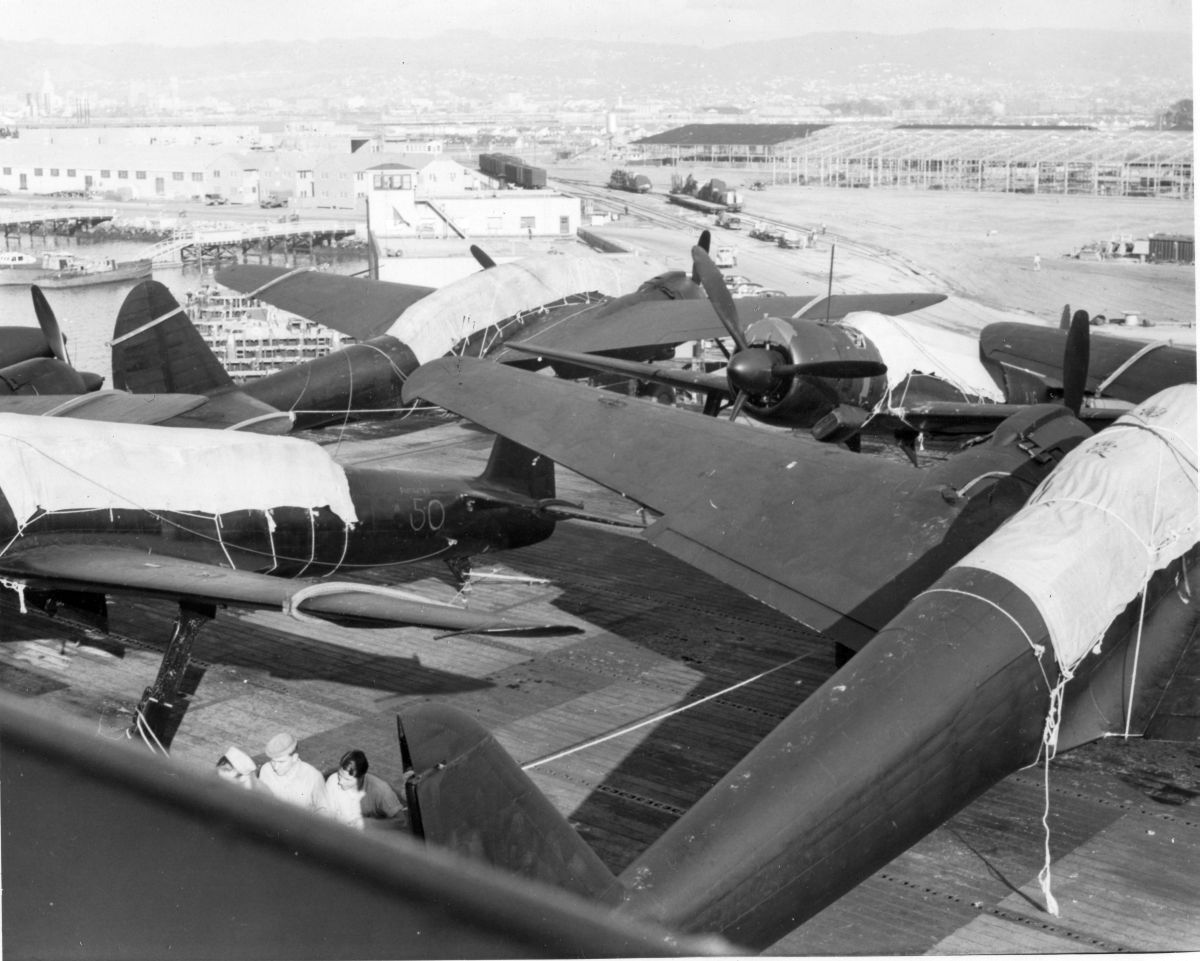
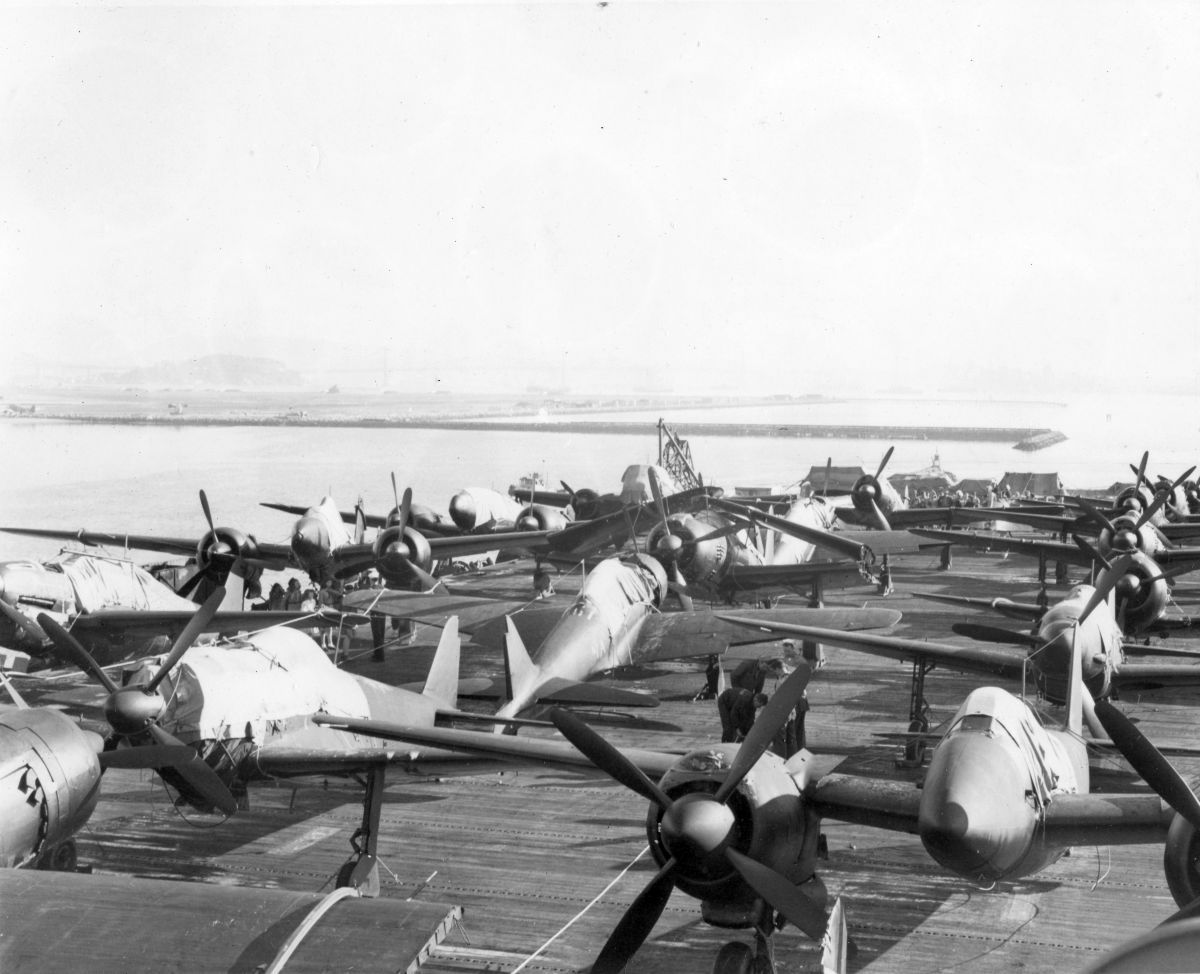
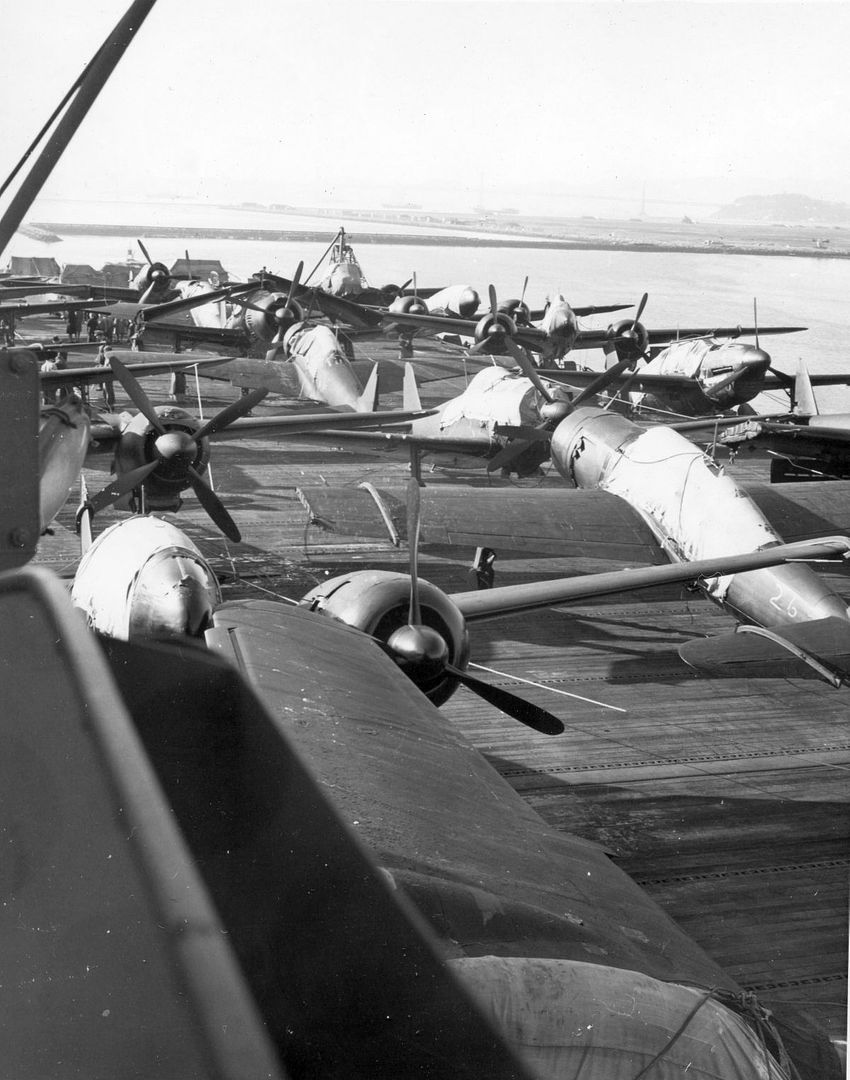
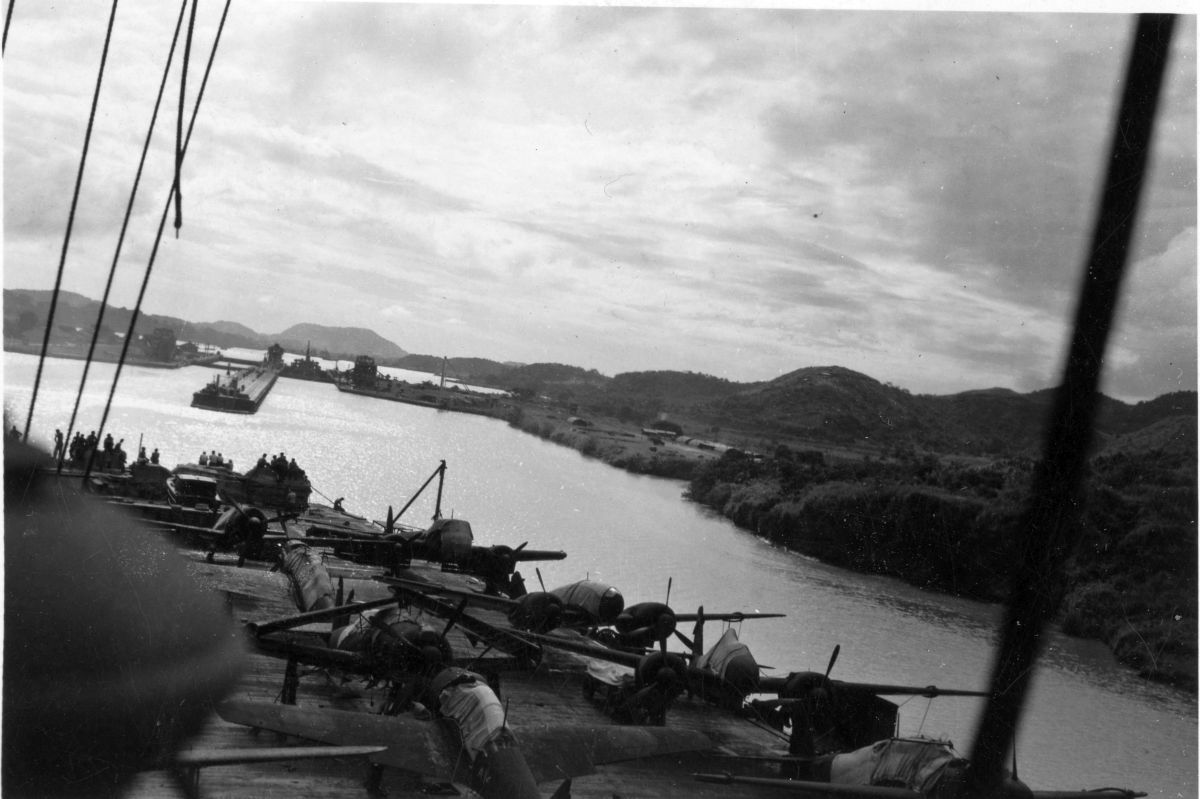
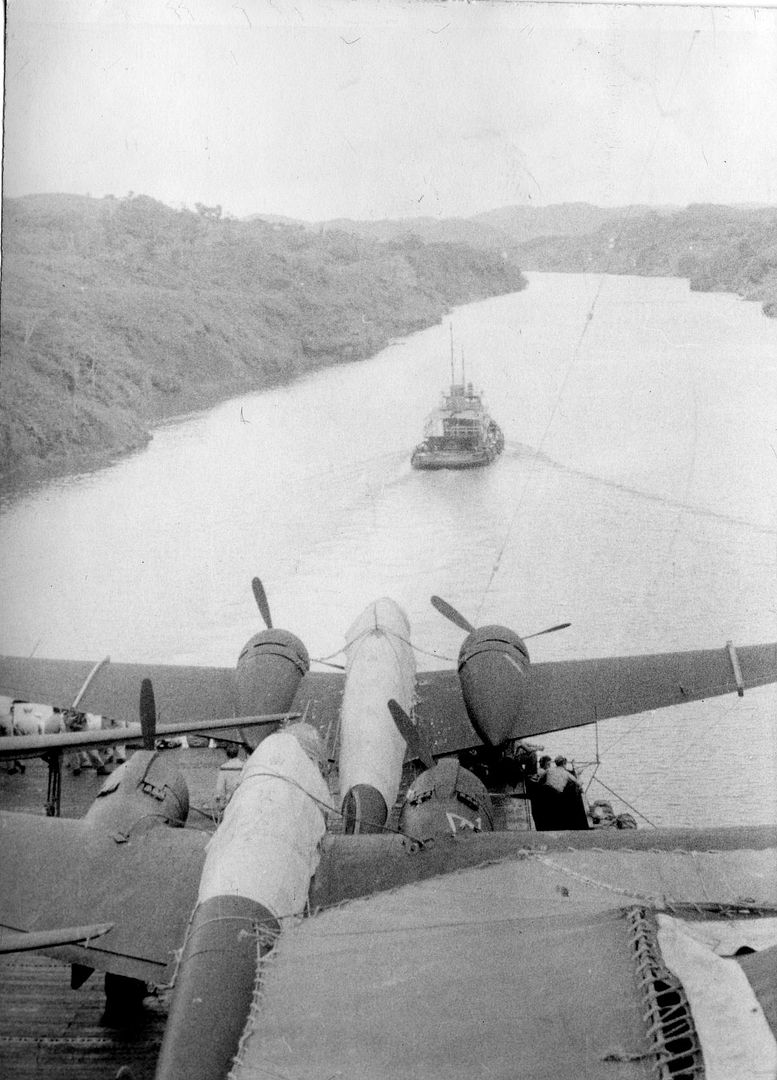
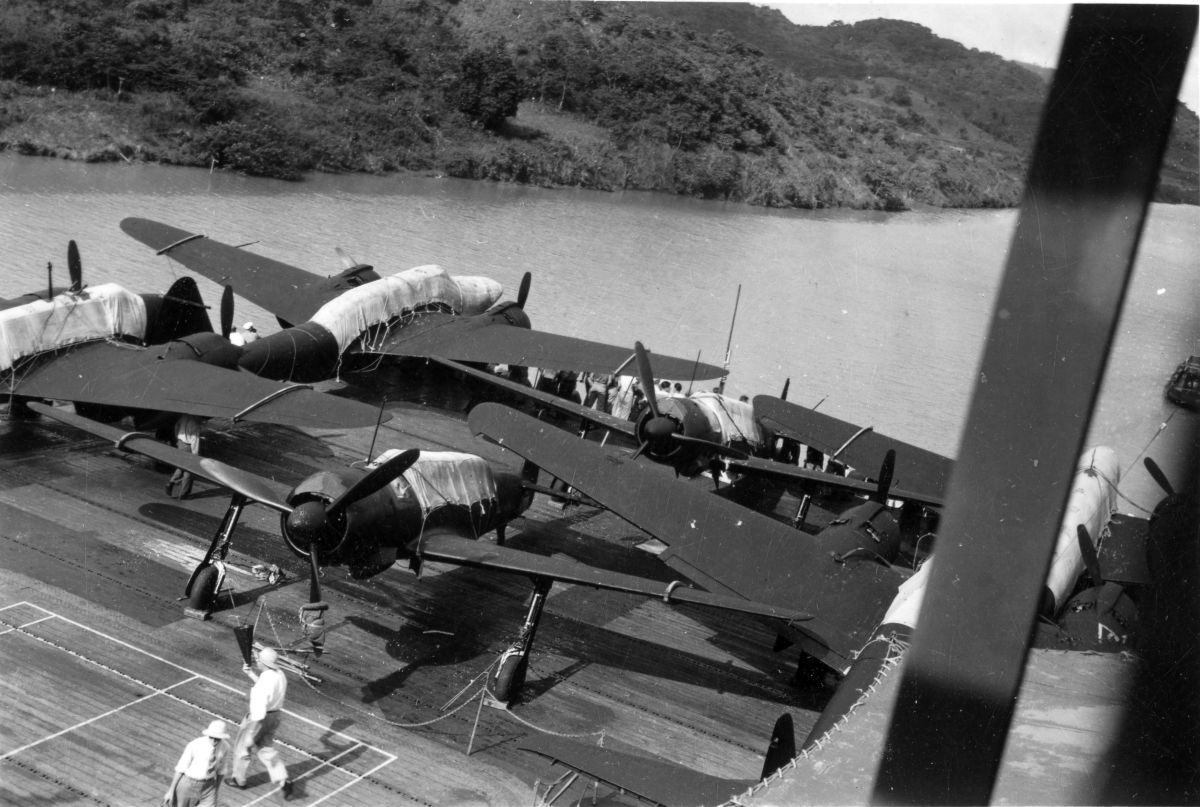
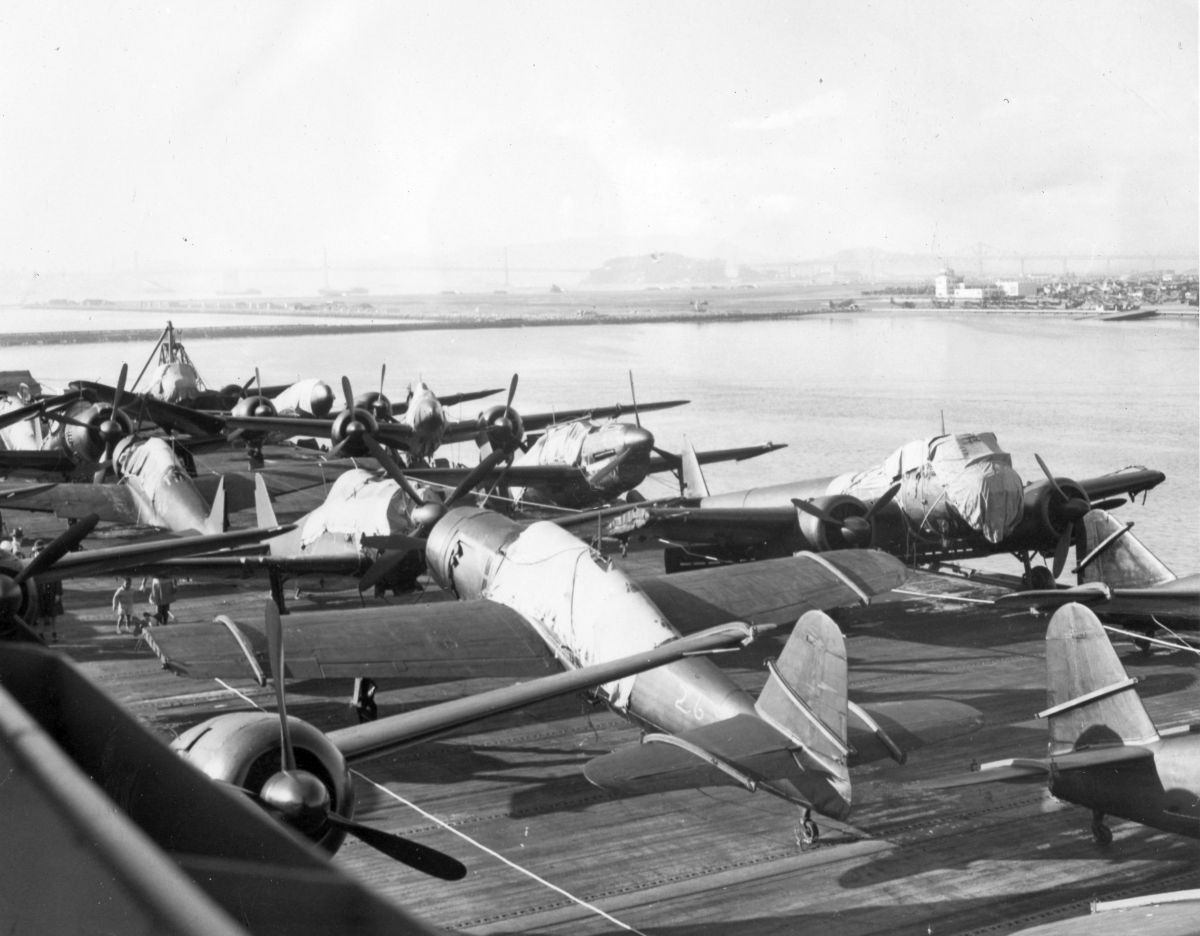
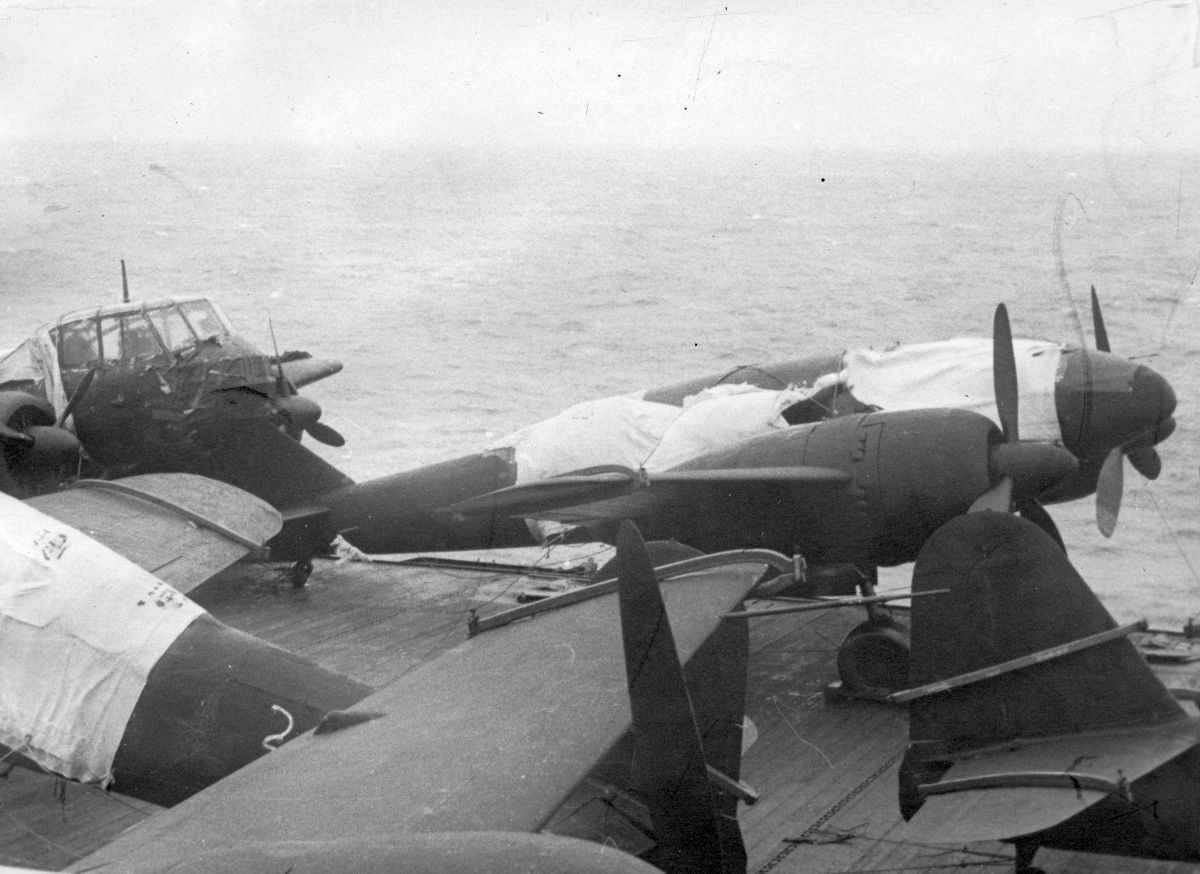
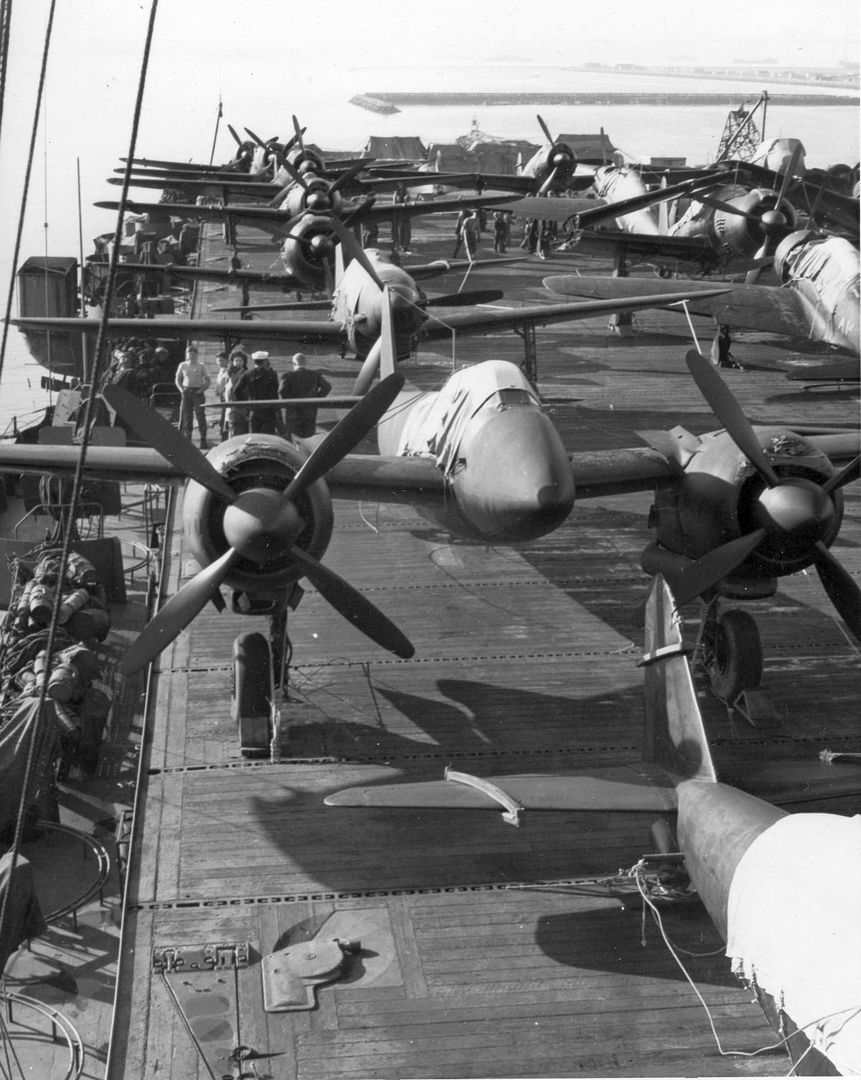
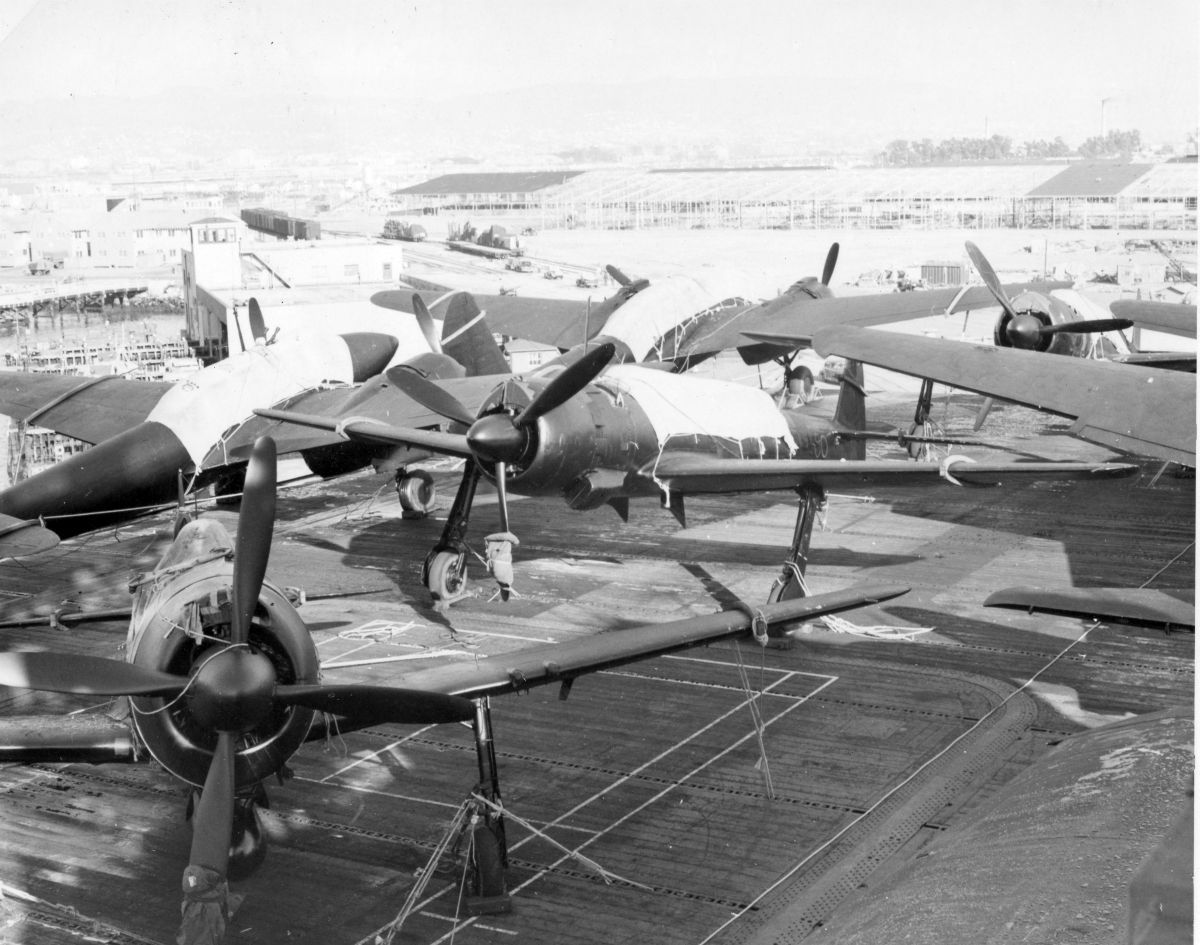
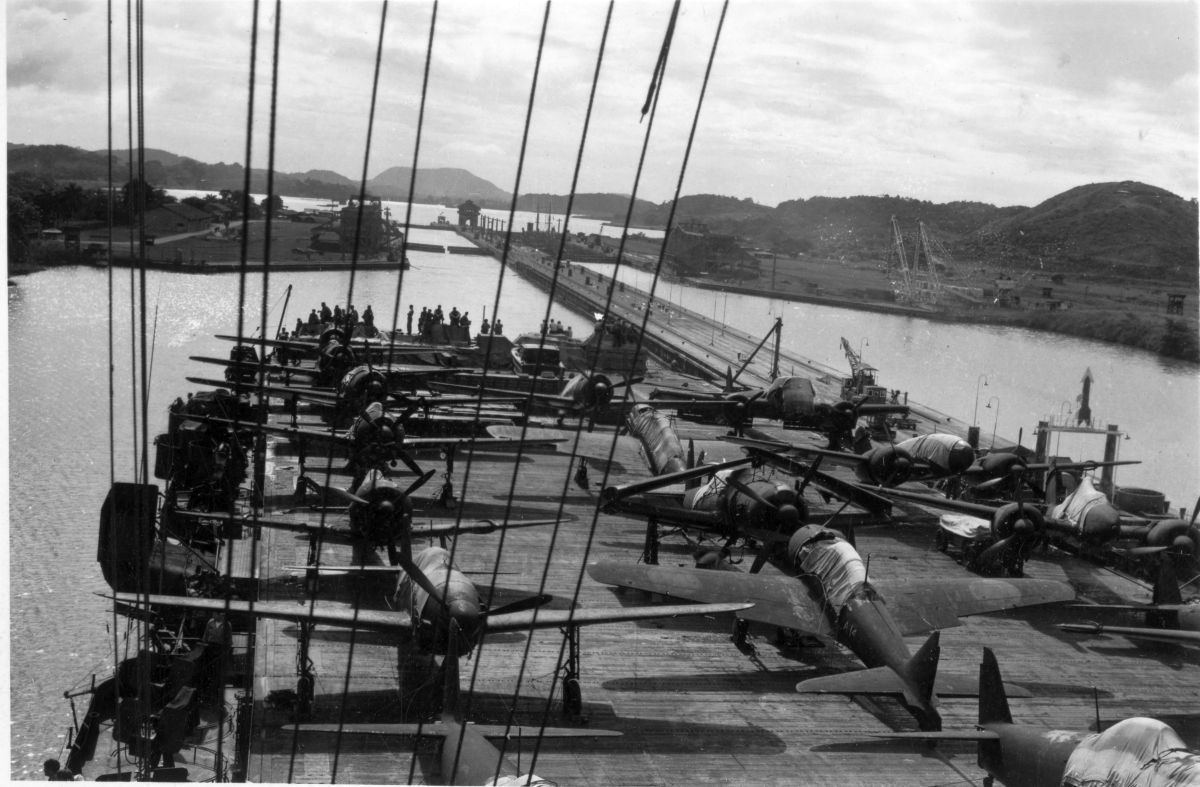
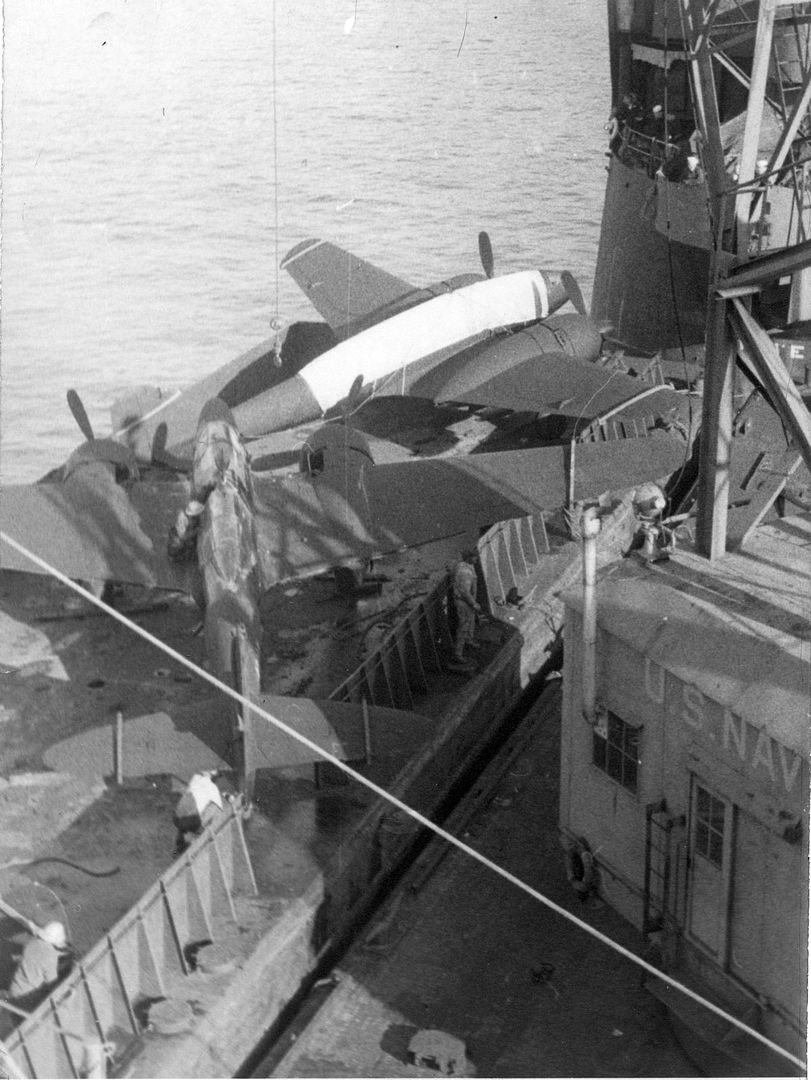
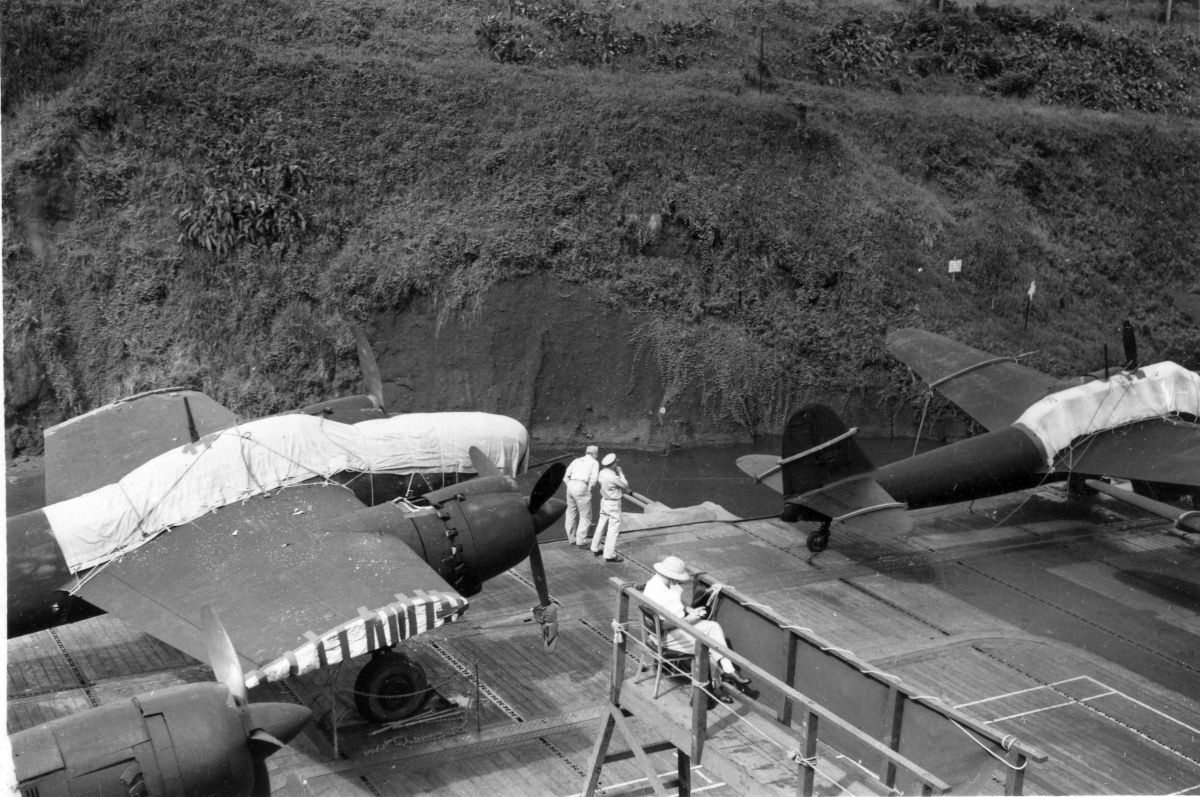
From the SDASM Archives
Post a reply
- Go to Previous topic
- Go to Next topic
- Go to Welcome
- Go to Introduce Yourself
- Go to General Discussion
- Go to Screenshots, Images and Videos
- Go to Off topic
- Go to Works in Progress
- Go to Skinning Tips / Tutorials
- Go to Skin Requests
- Go to IJAAF Library
- Go to Luftwaffe Library
- Go to RAF Library
- Go to USAAF / USN Library
- Go to Misc Library
- Go to The Ops Room
- Go to Made in Germany
- Go to Campaigns and Missions
- Go to Works in Progress
- Go to Juri's Air-Raid Shelter
- Go to Campaigns and Missions
- Go to Works in Progress
- Go to Skinpacks
- Go to External Projects Discussion
- Go to Books & Resources
